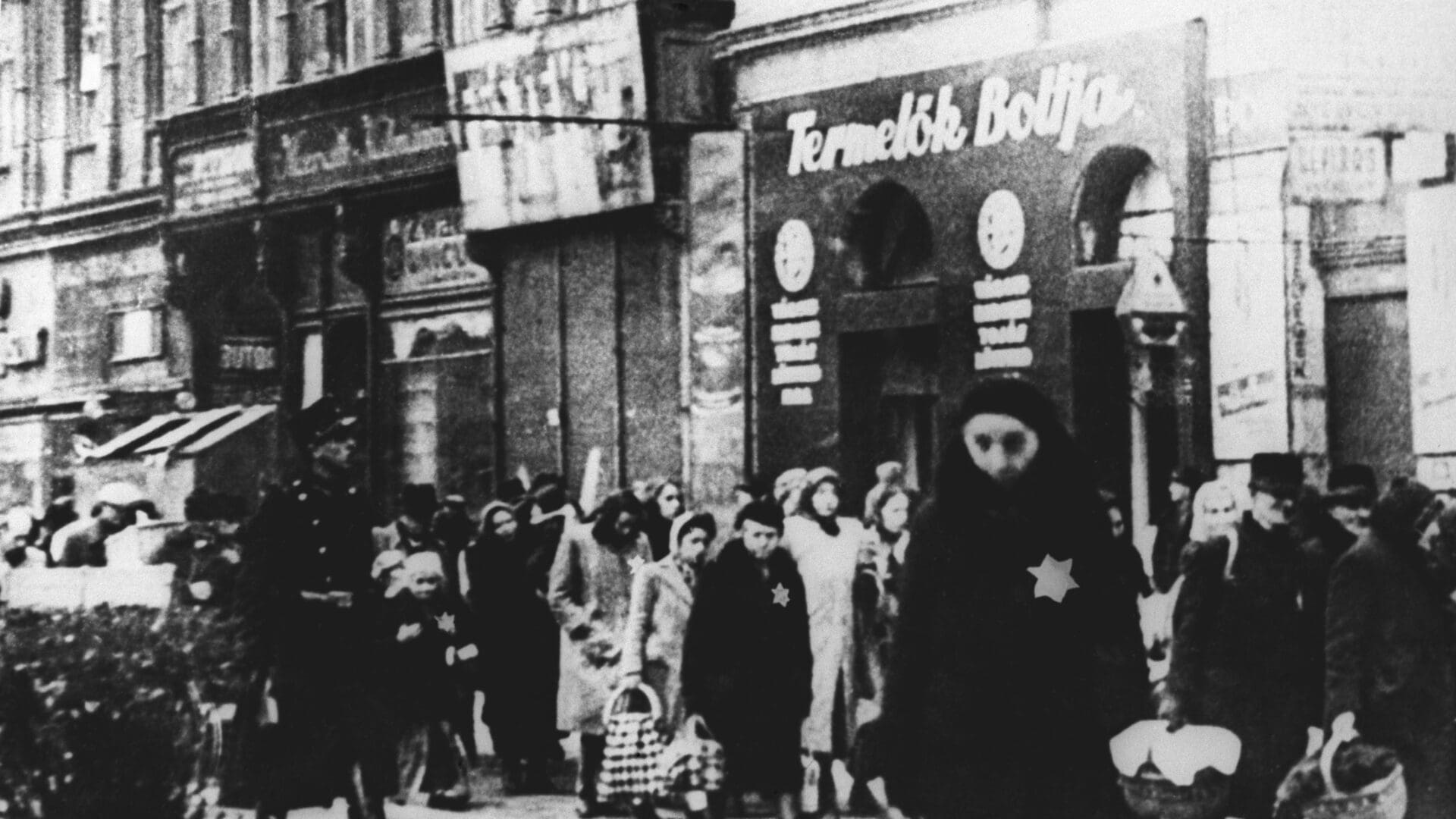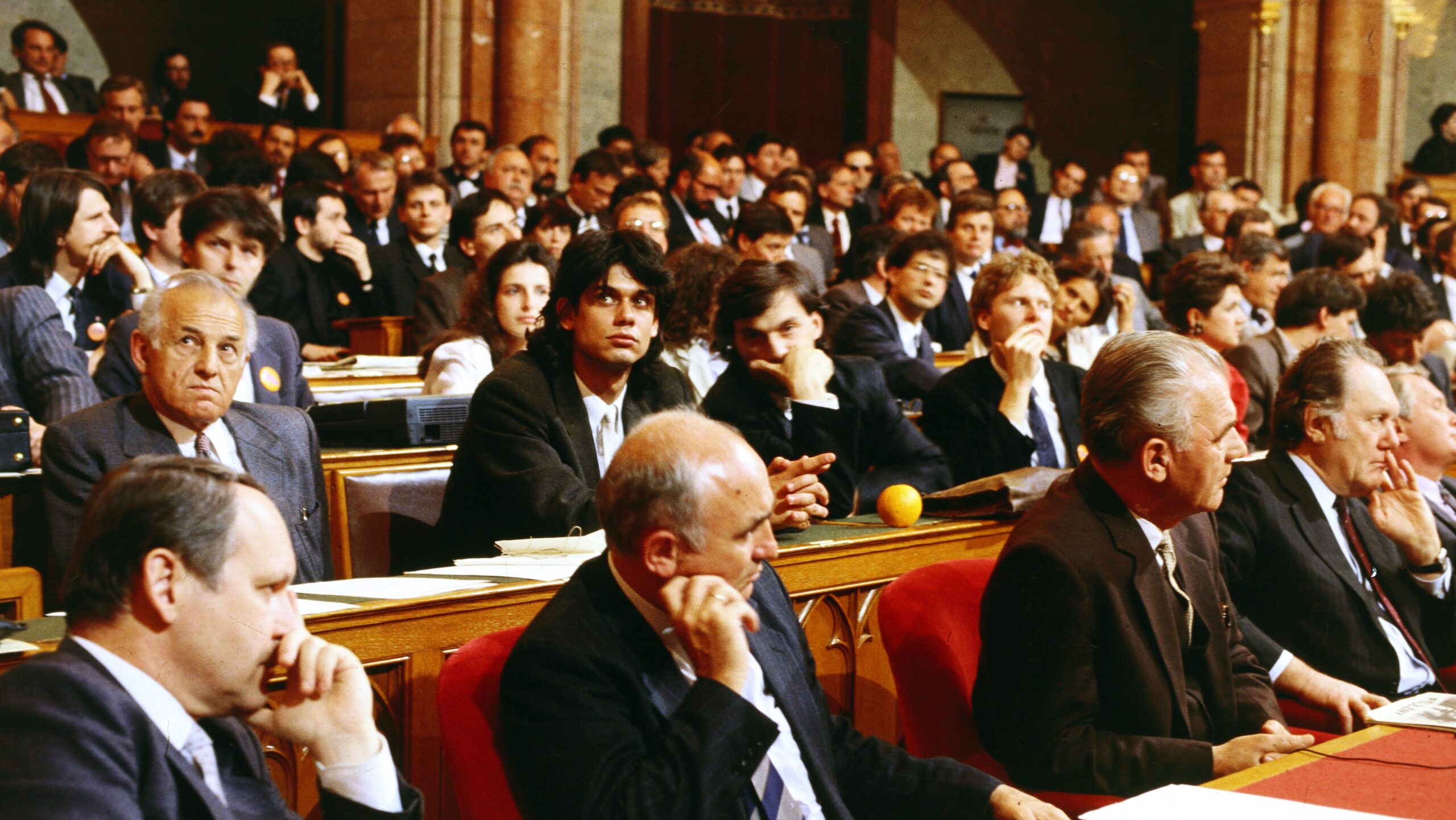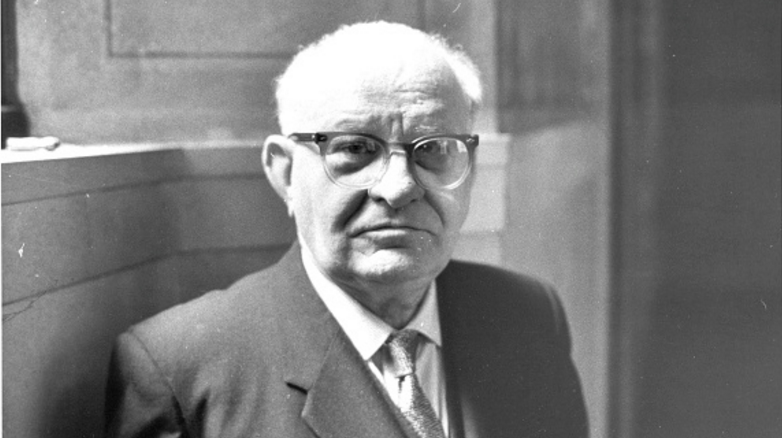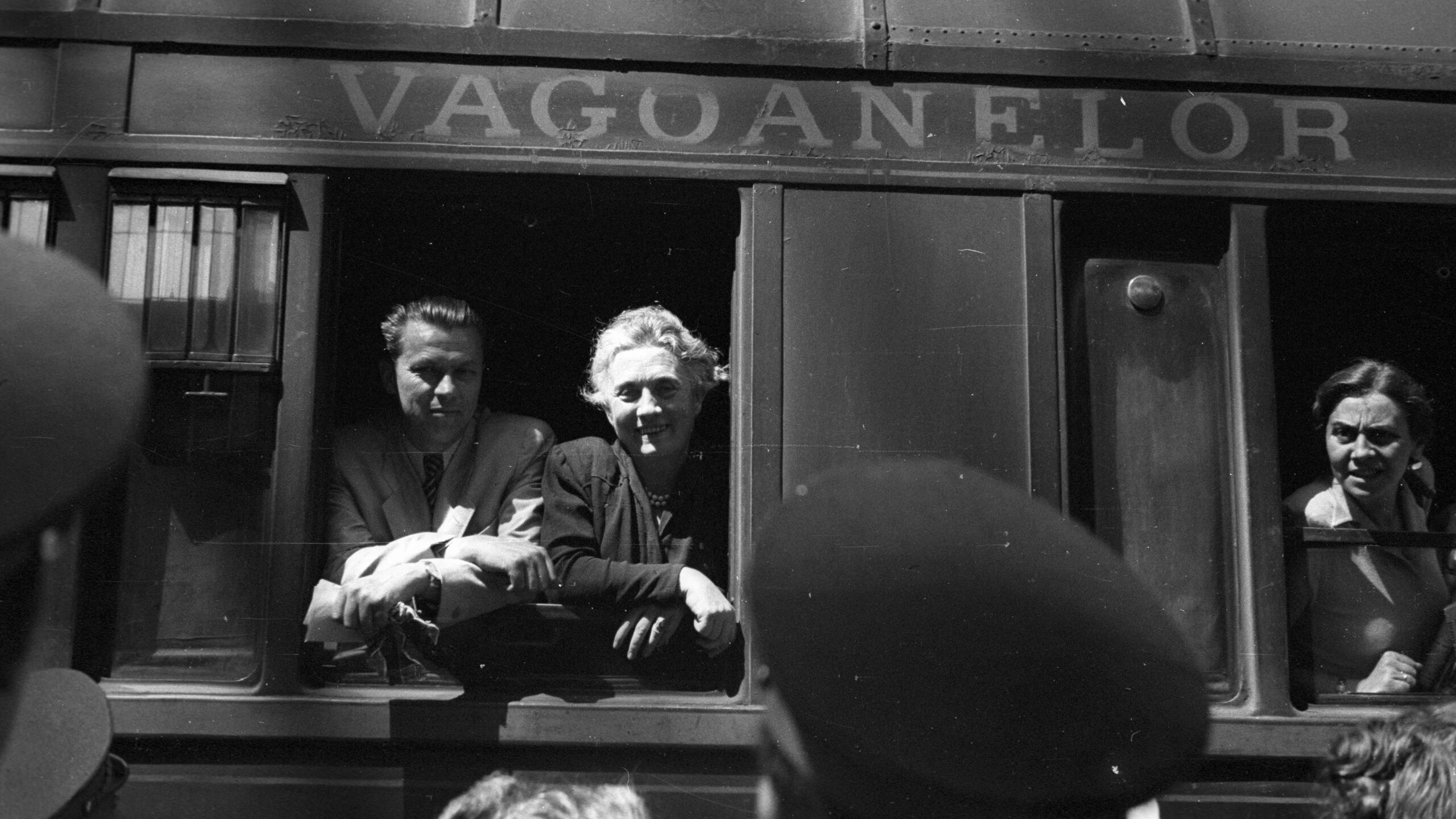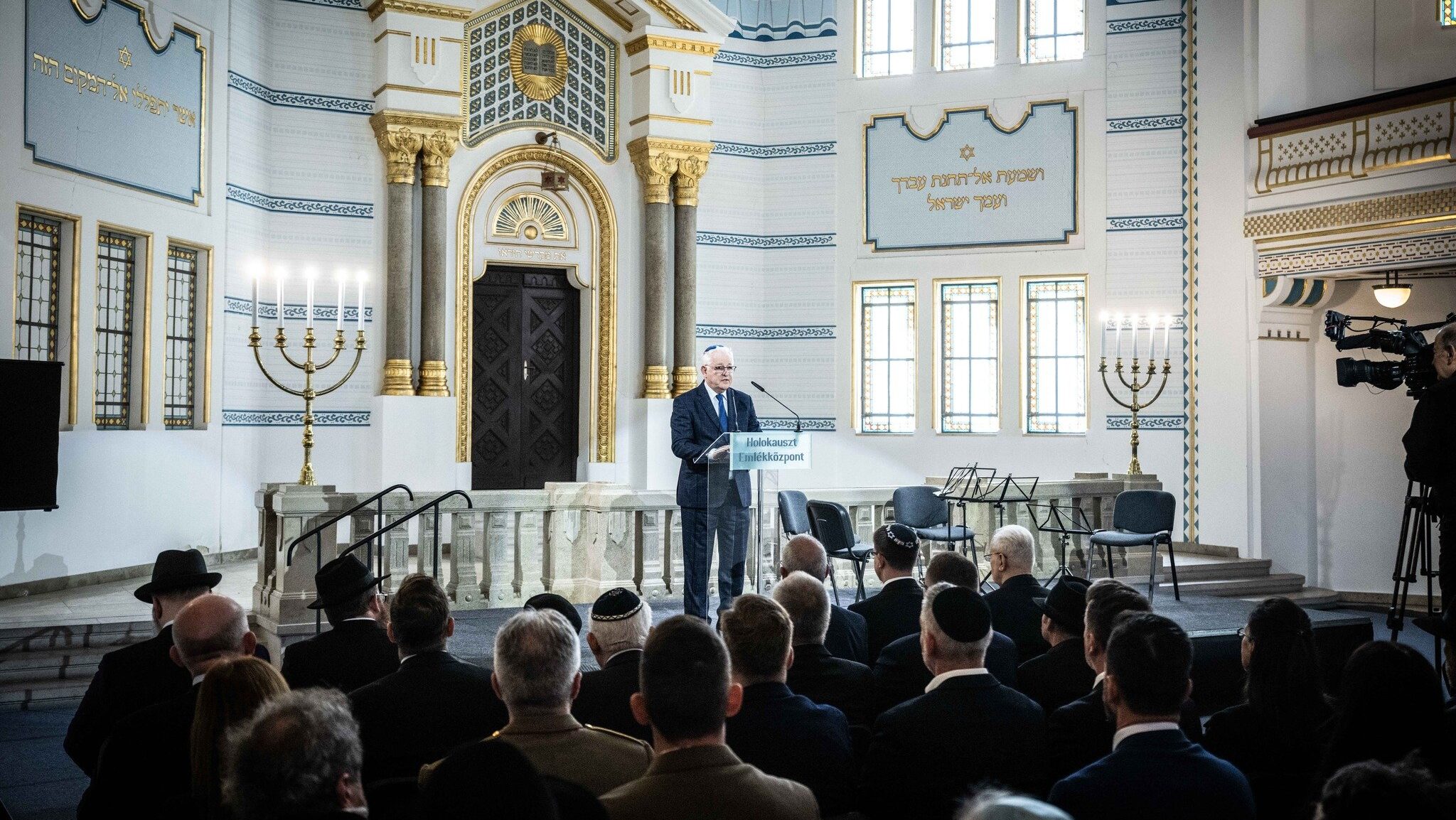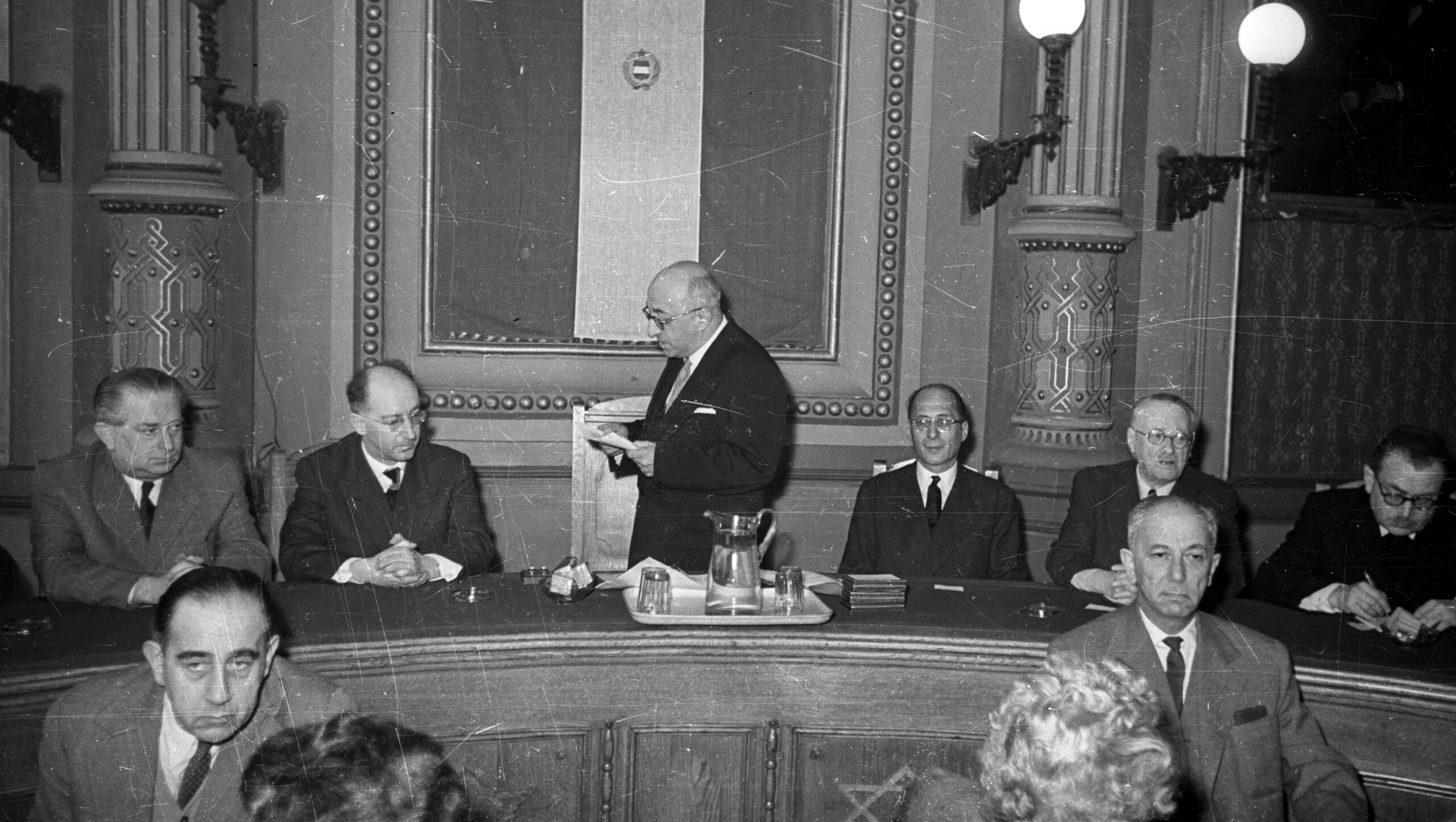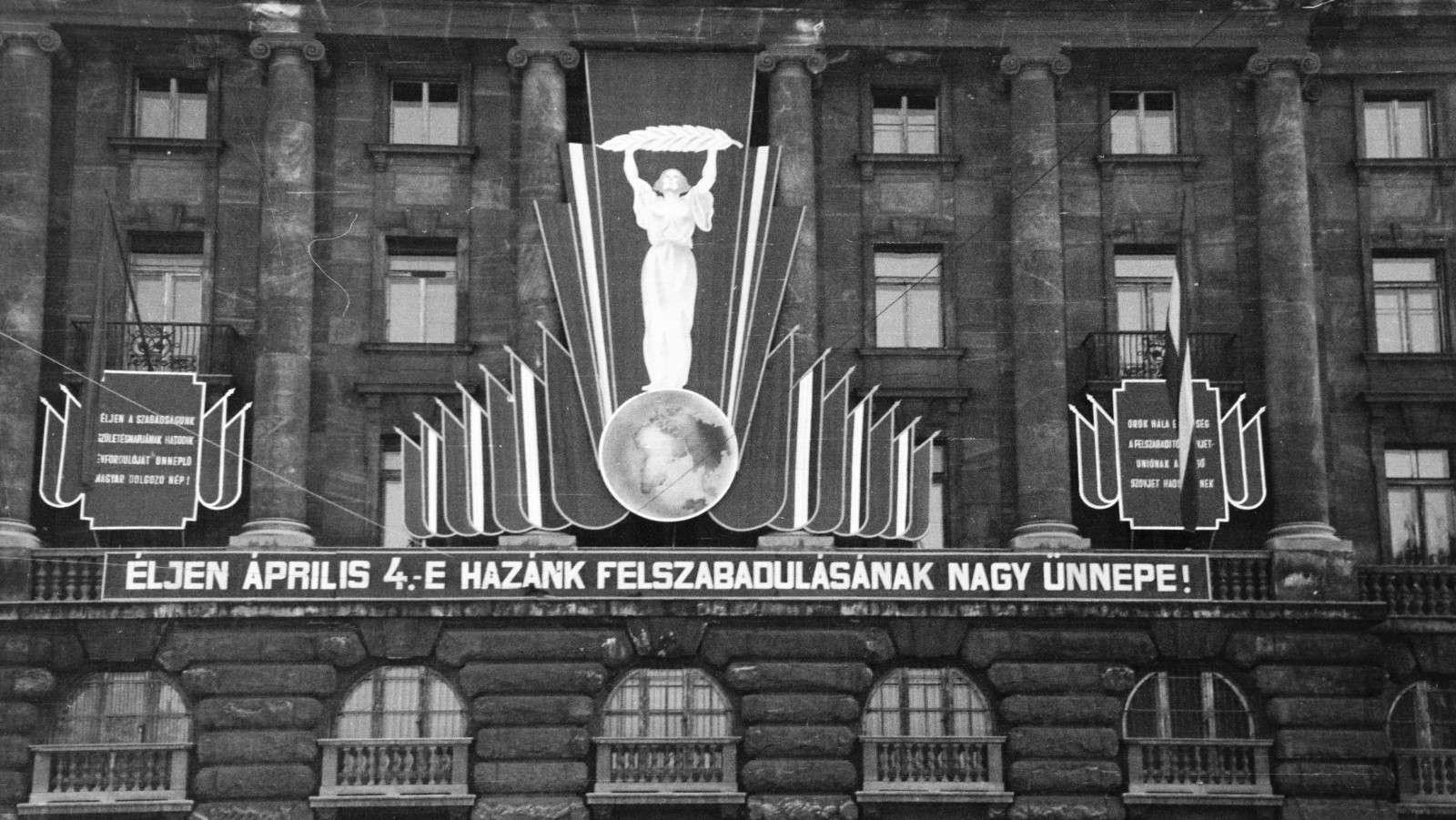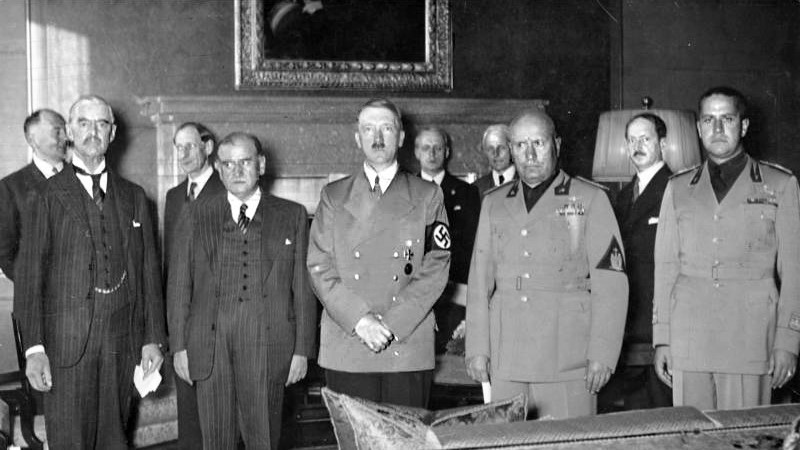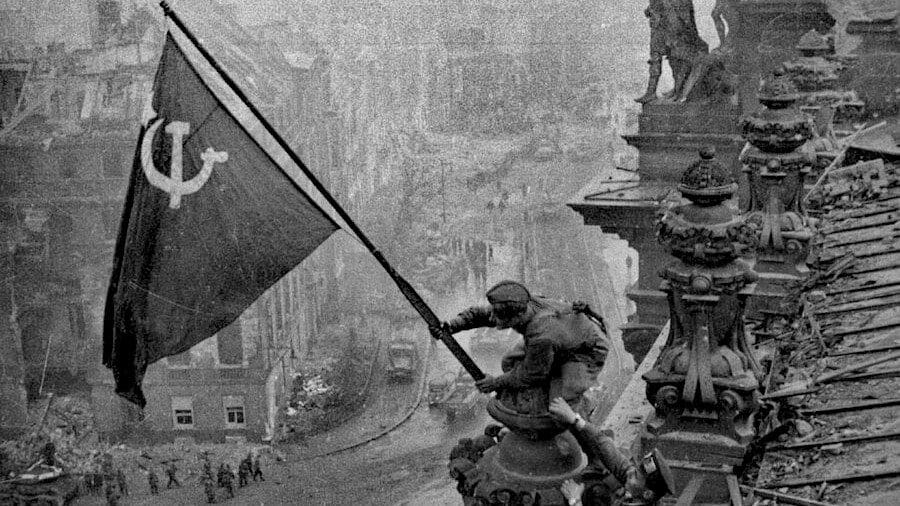
The Hungarian Dilemma: Victory Day or Occupation Day?
In March 1945, the chief notary of the Simontornya district in Tolna County reported that 60 per cent of the female population of the village of Nagyszékely was infected with venereal disease, and that girls aged 12–13 were among the victims of rape.

